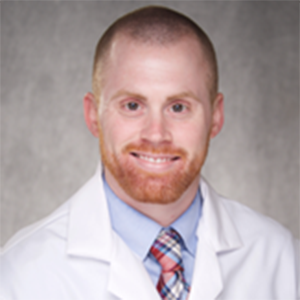Tips For Dealing With Debt While in Training

Student loan payments have been paused since March of 2020 which provided many people with extra income. However, beginning in October, these payments will resume unless one chooses to remain in forbearance or deferment. Most of us with outstanding loans have some combination of undergraduate and graduate loans that likely, especially graduate loans, originated from the federal government. If you have private loans your repayment options are dictated by the company holding your loan and you've presumably been continuing to make payments during the COVID-19 pandemic. For individuals with government-backed loans, it's time to start budgeting the return of these payments.
For those with government-backed loans, there are numerous repayment plans but the most common tend to be the income-driven repayment (IDR) plans offered by federal student loan servicers (primarily MOHELA). Plans can be confusing due to the terminology within them, but fortunately there is a loan calculator tool available from federal student aid that can help you make the best choice. These plans set your payment at a percentage of your discretionary income. For the federal government, discretionary income is after-tax income minus 150% of the federal poverty level.
There have been four primary repayment plans in the past with a fifth recently introduced by the Biden administration to try and simplify the process.
The repayment plans are as follows:
- Revised pay as you earn (REPAYE): Caps payments at 10% of discretionary income, but no hard cap on monthly payments.
- Pay as you earn (PAYE): Caps payments of 10% of discretionary income, with a max payment not to exceed the 10-year repayment plan amount.
- Income-based repayment (IBR): Same as PAYE but 15% of discretionary income.
- Income contingent repayment (ICR): Payments are 20% of your income and rise continually as your income rises.
- Saving on a valuable education (SAVE): This is the recently added plan. It is similar to REPAYE but discretionary income is set as after-tax income minus 225% of the federal poverty level noted above. This plan also protects loan holders from having significant interest accrue on their loans if they miss a payment, which other plans do not.
Anyone on REPAYE will automatically be enrolled in SAVE before payments resume in October. It appears that the payments on PAYE will remain unchanged; roughly $330 per month on a $65,000 income. However, on the new SAVE plan, that same person would pay only $80-100 per month. There are also new carveouts to make things easier for married couples to ensure each individual's payments are based solely on that person's income. (To learn more, read this article from Cecilia Clark & Eliza Haverstock at Nerdwallet.)
Another key factor in loan repayment is deciding on whether to participate in public service loan forgiveness (PSLF).
PSLF is a loan forgiveness program based on the following:
- Individuals make 120 qualifying monthly payments and their remaining loan balance is forgiven tax-free.
- Qualifying payments must be made while working for a 501(c)3 organization, nonprofit or governmental organization.
- Individuals' annual income certification and employment verification.
All IDR plans noted above count as qualifying payments and most individuals working at academic training centers will work at a qualifying institution. The Federal Student Aid PSLF tool can be used to determine your eligibility and can be used to submit your yearly employment verification.
The decision to utilize PSLF should be individualized, but if you plan to do an internal medicine residency and a cardiology fellowship you already will be at 70+ qualifying payments; even more if you subspecialize further. Even if you plan to proceed to private practice, depending on the organization's classification, you may still qualify for PSLF.

This article was authored by Nicholas Arnold, MD, a FIT at Washington University in St. Louis, MO.
This content was developed independently from the content developed for ACC.org. This content was not reviewed by the American College of Cardiology (ACC) for medical accuracy and the content is provided on an "as is" basis. Inclusion on ACC.org does not constitute a guarantee or endorsement by the ACC and ACC makes no warranty that the content is accurate, complete or error-free. The content is not a substitute for personalized medical advice and is not intended to be used as the sole basis for making individualized medical or health-related decisions. Statements or opinions expressed in this content reflect the views of the authors and do not reflect the official policy of ACC.
